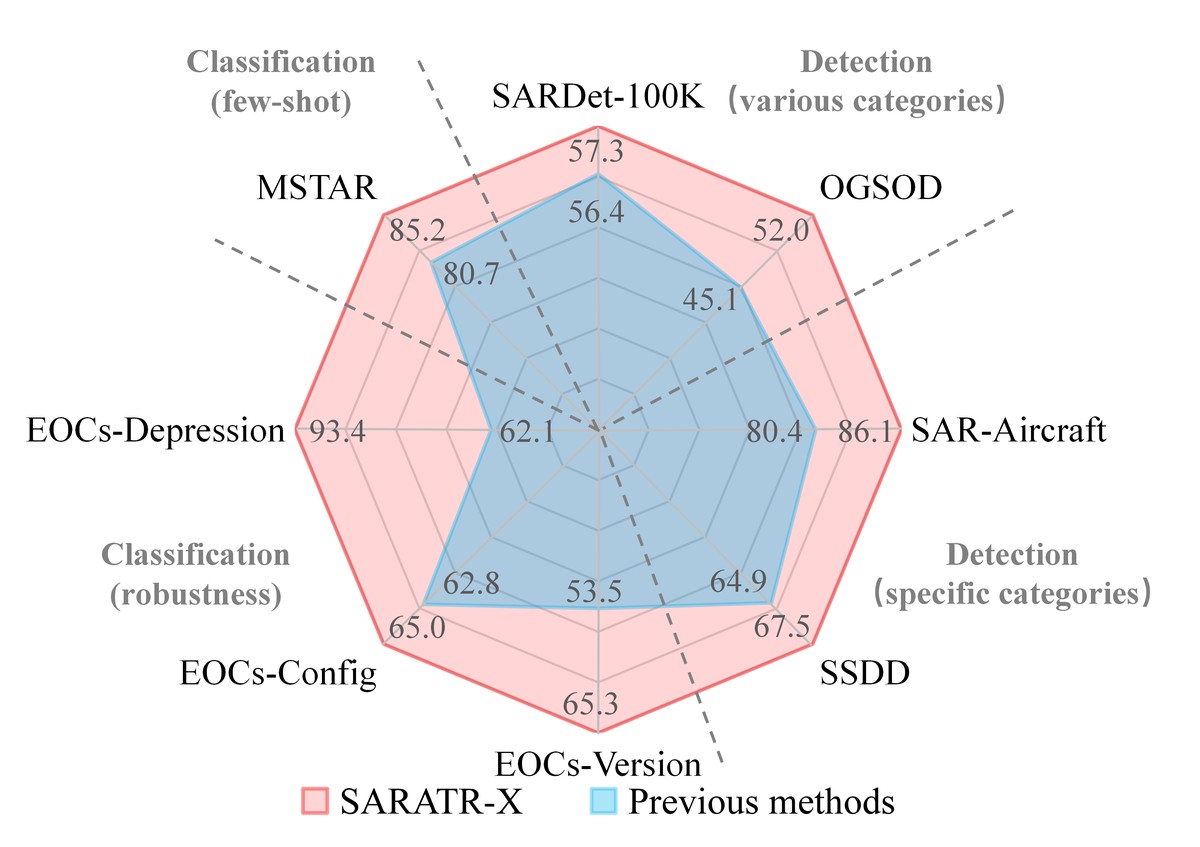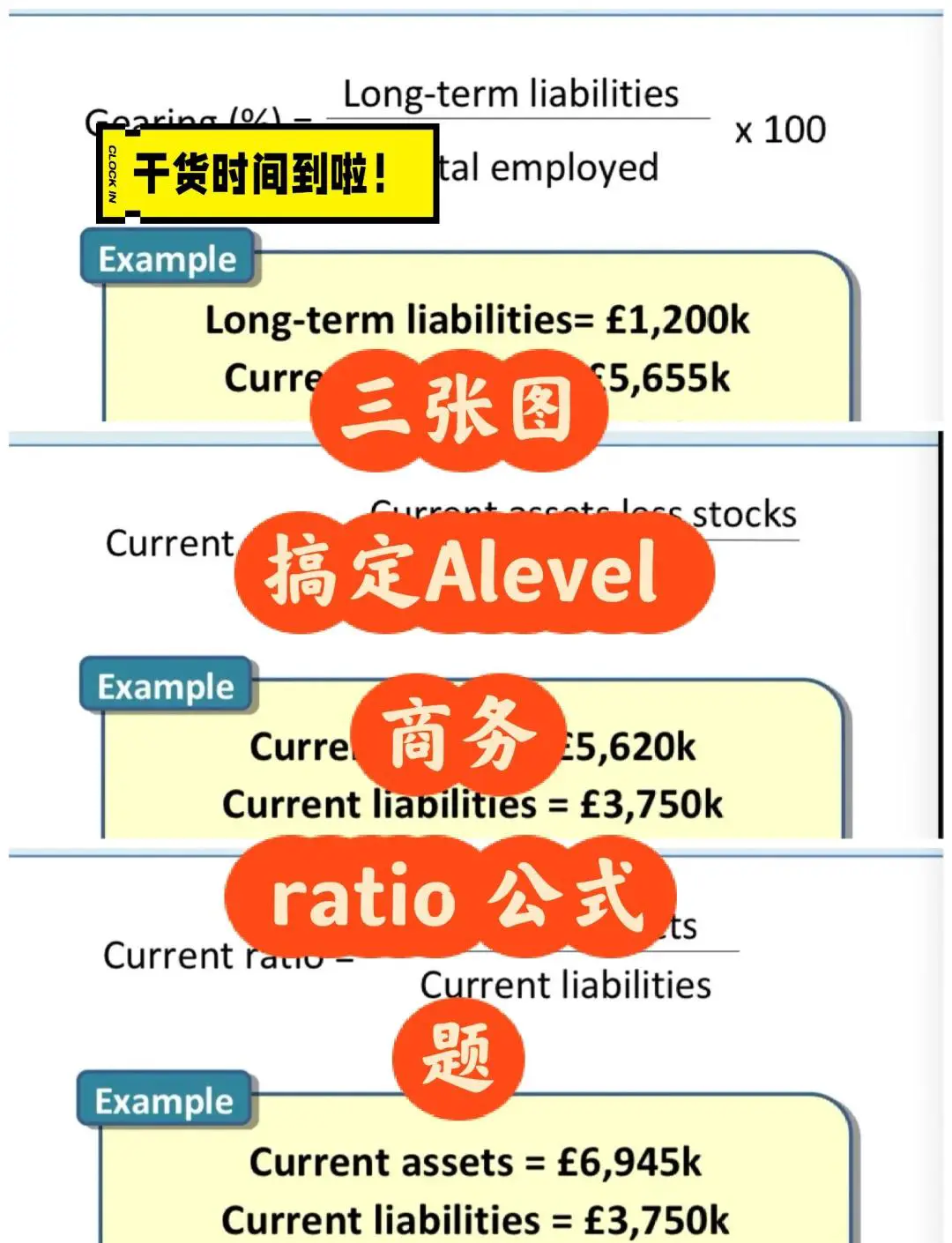

==========================================================================================
The Sharpe Ratio is one of the most fundamental metrics in finance and trading, providing a measure of risk-adjusted returns. For beginner traders, mastering the Sharpe Ratio is critical to understanding how well their investments perform relative to the risks taken. This guide will provide actionable tips, calculation methods, practical strategies, and common pitfalls to help novice traders optimize their portfolios.
Understanding the Sharpe Ratio
The Sharpe Ratio was developed by Nobel laureate William F. Sharpe and is designed to quantify how much excess return an investment provides per unit of risk.
Key Components of Sharpe Ratio
- Expected Return (RpR_pRp): The average return of the portfolio or asset over a period.
- Risk-Free Rate (RfR_fRf): The return of a theoretically riskless investment, often represented by government treasury yields.
- Standard Deviation (σp\sigma_pσp): Measures the volatility of the portfolio’s returns.
Sharpe Ratio=Rp−Rfσp\text{Sharpe Ratio} = \frac{R_p - R_f}{\sigma_p}Sharpe Ratio=σpRp−Rf
Insight for Beginners: Understanding what affects Sharpe Ratio calculation in futures can improve accuracy in both traditional and derivative trading contexts.
The Sharpe Ratio compares returns with risk to evaluate portfolio efficiency.
Why Sharpe Ratio Matters for Beginner Traders
Risk-Adjusted Performance
The Sharpe Ratio allows traders to compare different investments on a normalized risk-adjusted basis, helping beginners avoid misleading absolute returns.
Portfolio Optimization
- High Sharpe Ratios indicate better reward-to-risk efficiency.
- Guides allocation decisions across multiple assets.
- Highlights underperforming or excessively risky investments.
Benchmarking
Comparing your portfolio’s Sharpe Ratio with indices or peer funds provides context for performance evaluation.
Step 1: Collecting Necessary Data
Reliable data ensures accurate Sharpe Ratio calculation.
Required Data
- Historical price data of the asset or portfolio.
- Risk-free rate corresponding to the investment period.
- Dividend and corporate actions adjustments.
Pro Tip: Use daily, weekly, or monthly data consistently to avoid skewed ratios.
Step 2: Calculating Returns and Volatility
Portfolio Returns
Rt=Pt−Pt−1+DtPt−1R_t = \frac{P_t - P_{t-1} + D_t}{P_{t-1}}Rt=Pt−1Pt−Pt−1+Dt
Where PtP_tPt is the closing price at time ttt, and DtD_tDt is the dividend.
Portfolio Volatility
σp=1n−1∑t=1n(Rt−Rˉ)2\sigma_p = \sqrt{\frac{1}{n-1}\sum_{t=1}^{n}(R_t - \bar{R})^2}σp=n−11t=1∑n(Rt−Rˉ)2
Beginner Tip: Understanding the difference between arithmetic and geometric returns helps in accurately computing risk-adjusted metrics.
Step-by-step computation ensures accurate measurement of Sharpe Ratio.
Step 3: Calculating Sharpe Ratio
Apply the formula:
Sharpe Ratio=Rp−Rfσp\text{Sharpe Ratio} = \frac{R_p - R_f}{\sigma_p}Sharpe Ratio=σpRp−Rf
- Positive values: Outperformance per unit of risk.
- Negative values: Underperformance relative to risk-free alternatives.
Practical Note: Use rolling windows to calculate Sharpe Ratio over different periods to evaluate consistency.
Step 4: Strategies to Improve Sharpe Ratio
Strategy 1: Diversification
- Combining uncorrelated assets reduces portfolio volatility.
- Example: Mix equities with bonds or alternative assets.
Strategy 2: Adjust Position Sizes
- Risk-weighted allocation ensures capital is not overexposed to volatile assets.
- Use position-sizing rules aligned with Sharpe optimization.
Strategy 3: Risk Management Tools
- Stop-loss orders and hedging strategies can reduce drawdowns.
- Sharpe Ratio optimization techniques help automate adjustments in quantitative portfolios.
Step 5: Comparing Alternative Metrics
While the Sharpe Ratio is useful, beginners should also consider complementary metrics:
| Metric | Purpose | Pros | Cons |
|---|---|---|---|
| Sortino Ratio | Focuses on downside risk only | Avoids penalizing upside volatility | Less comprehensive than Sharpe |
| Treynor Ratio | Uses systematic risk (beta) | Measures efficiency relative to market | Ignores total portfolio risk |
| Information Ratio | Compares excess return to benchmark | Useful for active managers | Requires benchmark selection |
Insight: Understanding how to calculate Sharpe Ratio in perpetual futures can provide advanced traders with additional perspectives in derivatives trading.
Comparison highlights differences between risk-adjusted performance metrics.
Practical Tips for Beginner Traders
- Start with simple portfolios before complex derivatives.
- Monitor Sharpe Ratio regularly to identify changes in risk-adjusted performance.
- Backtest strategies to ensure historical Sharpe is replicable.
- Compare against benchmarks to validate outperformance.
- Use software tools for automated computation and visualization.
FAQs: Sharpe Ratio Tips for Beginner Traders
1. How often should I calculate Sharpe Ratio?
Ideally, calculate it monthly for long-term investments and daily or weekly for short-term trading. Rolling windows provide a better picture of performance consistency.
2. Can Sharpe Ratio be negative?
Yes. A negative Sharpe Ratio indicates that the investment underperformed the risk-free rate on a risk-adjusted basis. Review strategy and risk management practices in such cases.
3. How can beginners apply Sharpe Ratio in trading decisions?
- Use Sharpe Ratio to compare alternative assets or strategies.
- Optimize portfolio allocation to maximize risk-adjusted returns.
- Incorporate Sharpe Ratio optimization techniques to automate decision-making.
4. Does a higher Sharpe Ratio always mean a better investment?
Not necessarily. Extremely high Sharpe values may indicate data anomalies, short periods of analysis, or unsustainable strategies. Always evaluate in context.
Conclusion
For beginner traders, mastering the Sharpe Ratio is essential to understand risk-adjusted performance and make informed trading decisions. By combining data accuracy, thoughtful strategy, risk management, and continuous monitoring, traders can optimize their portfolios effectively. Utilizing Sharpe alongside other metrics and strategies helps navigate markets with confidence.
💬 Share Your Experience: Have you implemented Sharpe Ratio analysis in your trading? Comment below to exchange insights and strategies with fellow traders.
Do you want me to create an illustrated case study showing Sharpe Ratio computation for a sample beginner portfolio? This would further enhance practical understanding and SEO value.